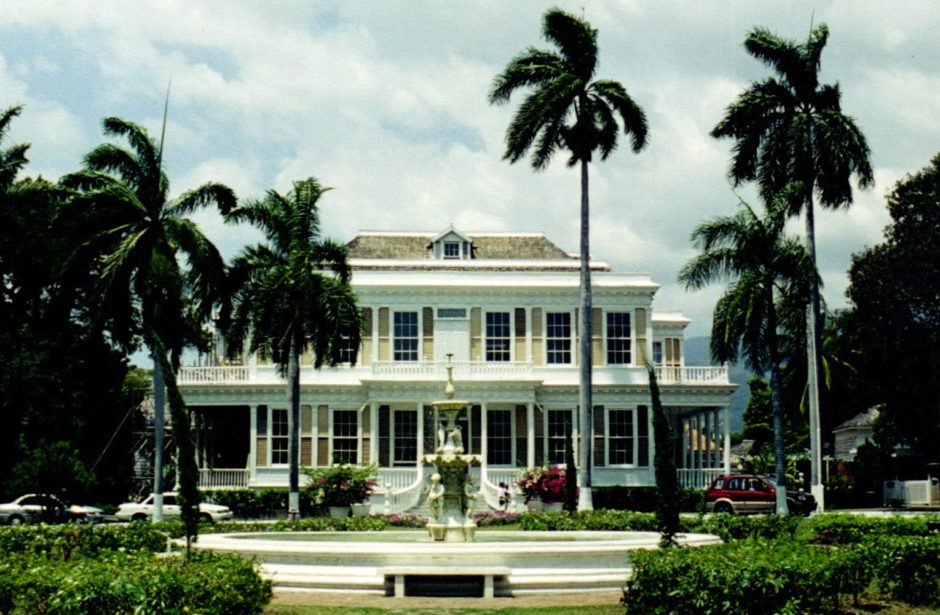Early on in her revelatory book, Canadian scholar Sarah Phillips Casteel makes an observation about “the strikingly persistent presence of Jewishness in Caribbean writing” and goes on to say that the phenomenon “merits attention.”

In Calypso Jews: Jewishness in the Caribbean Literary Imagination (Columbia University Press), Casteel, an associate professor of English at Carleton University, explores this little-known but intriguing topic thoroughly.
“Jewish characters and themes figure prominently in the work of a number of major postwar Caribbean and Caribbean diaspora authors,” she writes.
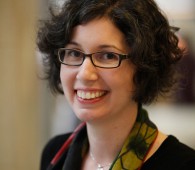
These writers came of age during World War II and in the early postwar period.
The Jewish-themed works of Caribbean literature to which Casteel refers were published in the last two decades of the 20th century and include novels such as Cynthia McLeod’s The Cost of Sugar (1987) and Achy Obejas’ Days of Awe.
Casteel frames her study within the context of Jewish migration to and settlement in the Caribbean.
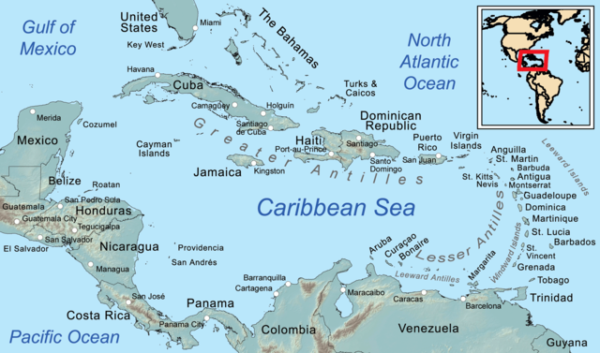
Sephardic Jews and Conversos, whose ancestors were expelled from the Iberian peninsula from 1492 onwards, were the first Jews to reach the islands of the Caribbean. This migration occurred over more than three centuries and peaked in the latter half of the 18th century. “As a result, Dutch and British Caribbean colonies such as Curacao, Suriname, Jamaica and Barbados have had significant and long-standing Jewish populations,” she says.

The Jamaican painter Isaac Mendes Belisario, and the St. Thomas-born artist Camille Pissarro, a founding father of the impressionist movement, were the products of 19th century Sephardic Caribbean communities, she adds.
At the turn of the 20th century, Turkish Jews streamed into Cuba, followed by Polish and German Jews in the 1930s. Algerian Jews arrived in Martinique after Algeria’s struggle for independence.
Colonial-era Jamaicans of Jewish ancestry included the poet Daniel Israel Lopez Laguna (1653-1730) and the novelist Herbert G. de Lisser (1878-1944), the author of the popular Gothic romance The White Witch of Rosehall. Jamaica’s leading newspaper, the Gleaner, was founded by the brothers Joshua and Jacob de Cordova.
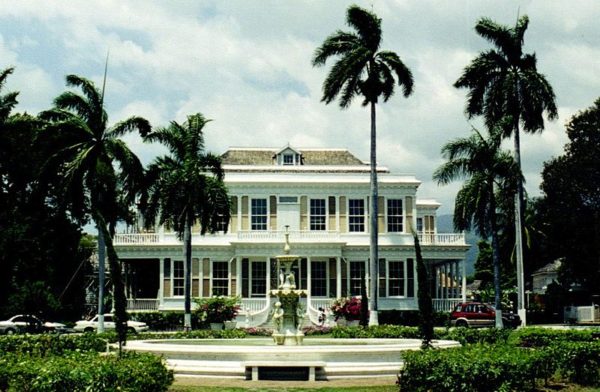
Kingston’s architectural landmark, Devon House, was built by George Stiebel, Jamaica’s first black millionaire. Jamaica’s third prime minister, Hugh Shearer (1923-2004), as well as the actor Harry Belafonte and the reggae performer, Bob Marley, were supposedly of partial Jewish descent.
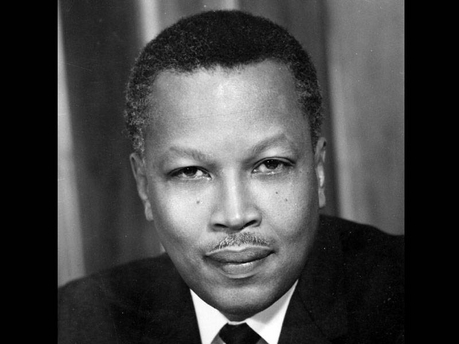
The Caribbean, Casteel observes, was “a space of privilege for Jews,” notwithstanding the fact that they were subjected to restrictions until fully emancipated. Jews on British islands enjoyed the greatest rights, but were forced to pay special taxes. Limitations were also placed on their participation in politics and their right to land and slave ownership.
Suriname, a Dutch colony, had a substantial Jewish population as well. In the 18th century, for example, 115 of 591 plantations were owned by Jews.
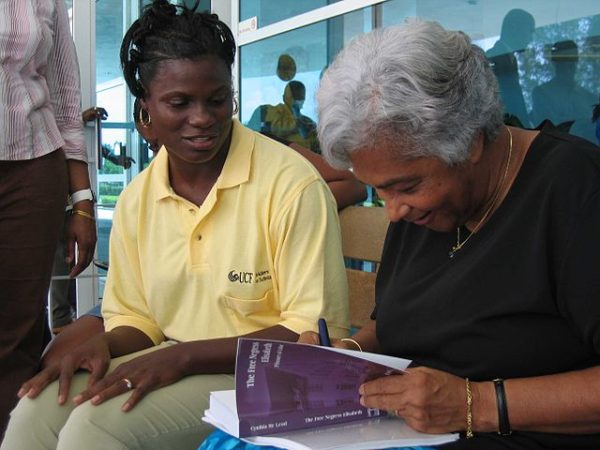
Cynthia McLeod, a native of Suriname, portrayed the Jewish planter class in The Cost of Sugar, which is set in the 1760s and 1770s and turns on family, romance and genealogy. Although it was a best-seller in Suriname, and very successful in Holland, it has drawn little notice in the English-speaking world.
Derek Walcott’s Tieplo’s Hound, a “verse biography” of Camille Pissarro, references the expulsion of Jews from Spain and Portugal and delves into Sephardic settlement in the Caribbean.
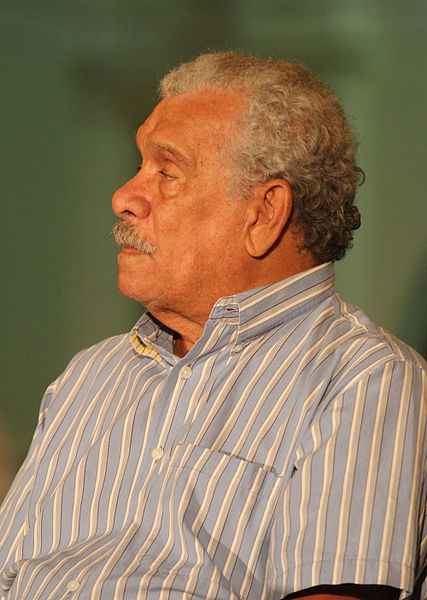
Michelle Cliff, in her first novel, Abeng, writes about a light-skinned middle-class family whose oldest daughter has a transformative experience after reading Anne Frank’s diary. Against her family’s wishes, she becomes absorbed by the Holocaust.
In Achy Obejas’s novel, Days of Awe, the ill-fated voyage of the St. Louis, a German ship filled with Jewish refugees, is linked to what she describes as “a Caribbean plotline.”
Myriam Chancy’s The Loneliness of Angels draws inspiration from the presence of conversos and marranos in the Caribbean. As Casteel observes, Jews become associated with “suppressed and closeted identities and with a variety of forms of racial, religious and sexual masquerade.”
The love affair between a Jewish merchant and his African slave is one of the plot lines in Alan Cheuse’s novel, Song of Slaves in the Desert. Cheuse debunks the notion that Jewish planters hewed to a higher moral code than their Christian counterparts.
Jews fleeing Nazi Germany are the central characters in Margarita Engle’s Tropical Secrets: Holocaust Refugees in Cuba.
Casteel’s book opens up new vistas for readers unfamiliar with the history of Jews in the Caribbean and their portrayal in regional works of fiction. But Calypso Jews is sometimes hard to navigate because it is weighed down by arcane academic jargon. It would have been far more accessible had she modified her prose.
